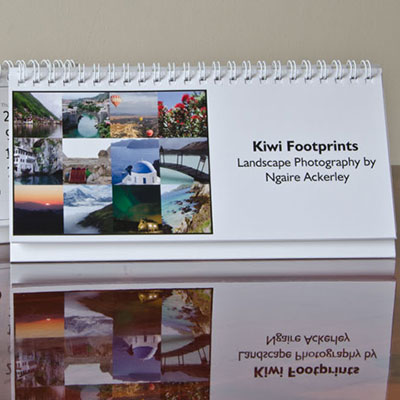UX New Zealand 2017: Conference Review
Posted on: 15 Oct 2017
Written by: Ngaire Ackerley
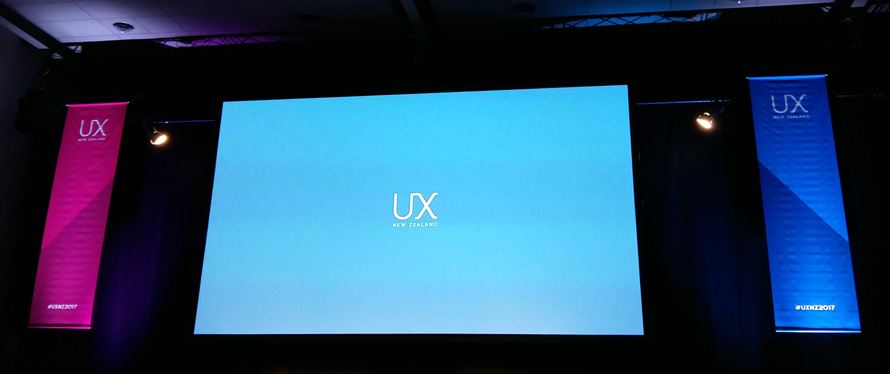
UX New Zealand 2017
2 Days of Digital User Experience presentations, one large room filled to the brim of people, a windy (yet sunny) Wellington central location and lots of caring and enthusiastic people from the Digital Industry.
Put together by Optimal Workshop and primarily a friendly guy called Jimmy Sutcliffe, UX New Zealand is an annual conference in Wellington New Zealand. It felt like sustainability had been considered throughout the conference, from the goodie bags to the plates we ate an incredible lunch on.
It was my first time attending UX New Zealand and my second UX conference ever. I found it really heart-warming to see the range of talks that related to making the world a better place.
While there were many wide ranging great talks, I’ll try to keep this post somewhat brief and just go over a couple of talks that really resonated with me.
Alessandra Millar – International User Research at Google
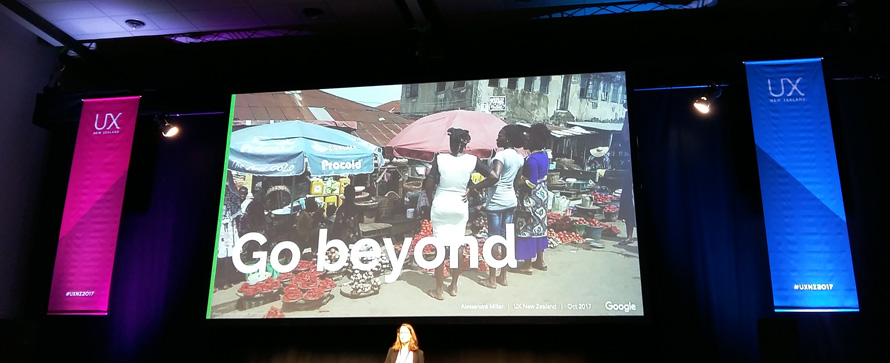
Alessandra Millar
Alessandra kicked off the conference with a talk about how some of the Google Maps teams literally go out into the field and really get a feel for their users. There was a big focus of culture and context.
For instance, some women in some countries will be watched while they use a mobile phone and that impacts how they use it and what they look at. Other people don’t feel safe carrying a mobile phone in public for fear of it getting stolen, so it remains hidden in their bag.
Then there’s the type of phones, some second hand from western countries with operating systems far too old to even have the latest version of apps. Not to mention the quality of internet available in some countries. Some people rely on data packets as opposed to wifi.
Alessandra went on to encourage us to ‘go beyond’ in our UX, what may not help a product right now, could open up ideas for the future. Her talk really showed the importance of testing in context, where people are comfortable and where the experience is true and realistic.
Kah Chan – The Importance of Crafting Language in UX
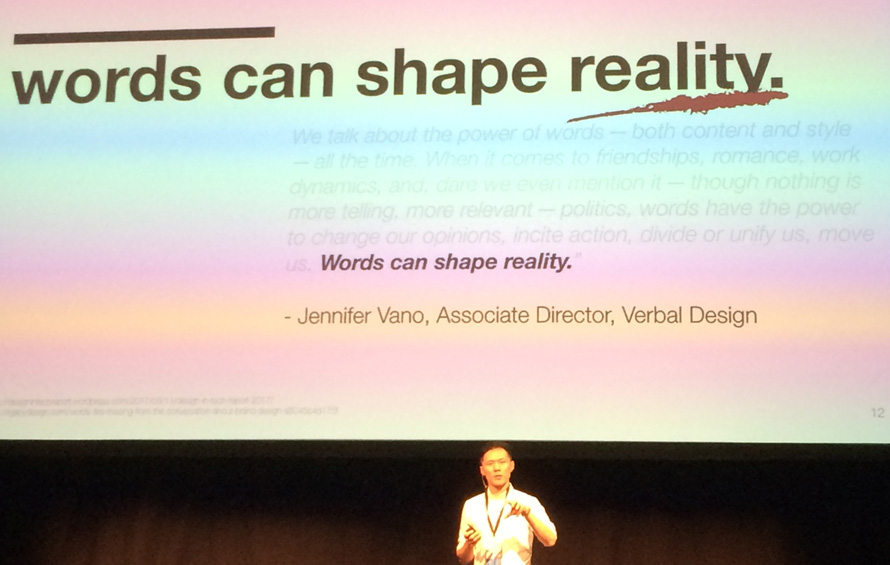
Kah Chan
Kah’s talk really showed the impact of words in our work. He broke UX down to the point that we are trying to solve problems, therefore we are communicating and we use words to do that.
Our words should suggest empathy, simplicity and clarity.
We can anticipate experience and even consider the feelings for a product, rather than just its purpose.
Along with a few other speakers Kah also mentioned chatbots and how much more common and transformative our language is becoming. This was a popular angle in many talks, getting us to consider UX being more than just mobile, tablet and computer-screen based.
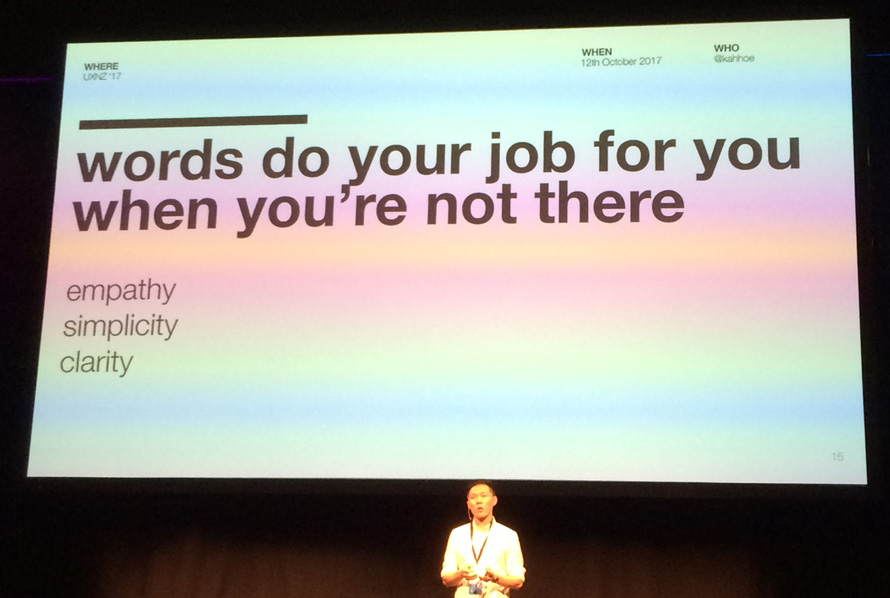
Kah Chan
Ian Howard – A Cocktail of Painkillers and Vitamins – Adding Positive Complexity to Your UX
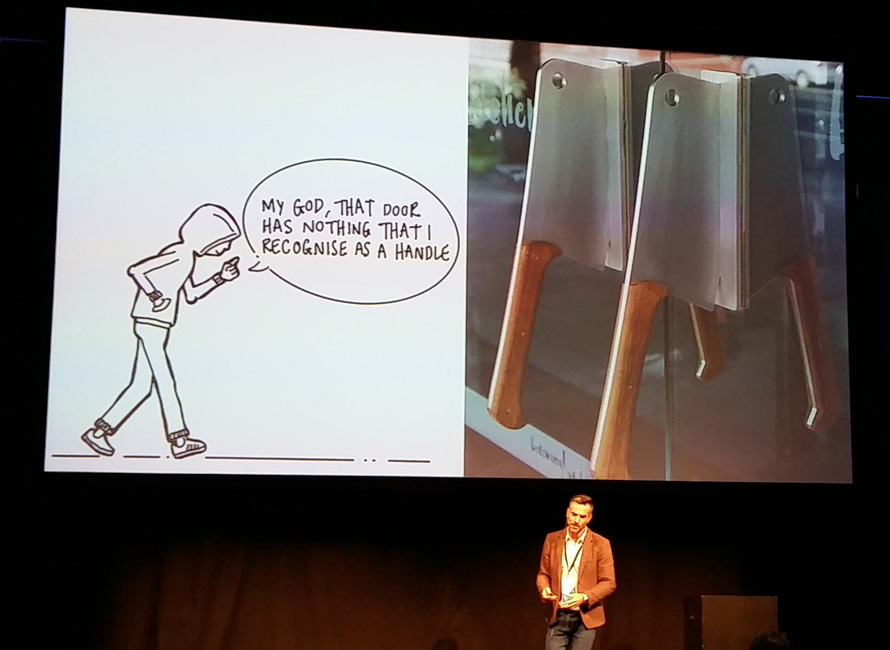
Ian Howard
Ian’s talk was possibly one that got to me the most, though I think the title changed from the above (apologises I didn’t note it down, but want to say ‘Flowers on Roundabouts’).
He put out there that as UX professionals we have become too focused on making our work functional and easy to understand that we’re missing out on creating pleasurable parts. Aspects that are memorable and unique to our products.
It’s not about data vs. creatively, it’s about the two working together, going beyond functional.
We can consider more storytelling in our work. Create something that feels like it’s making a difference. Our small bits of craft and creativity can make a difference, we can create a sense of friction to connect with people of a human level.
I really enjoyed Ian’s presentation and will definitely be considering more than just functionality and good design in my work, trying to discover those little moments that can create joy for the user too.
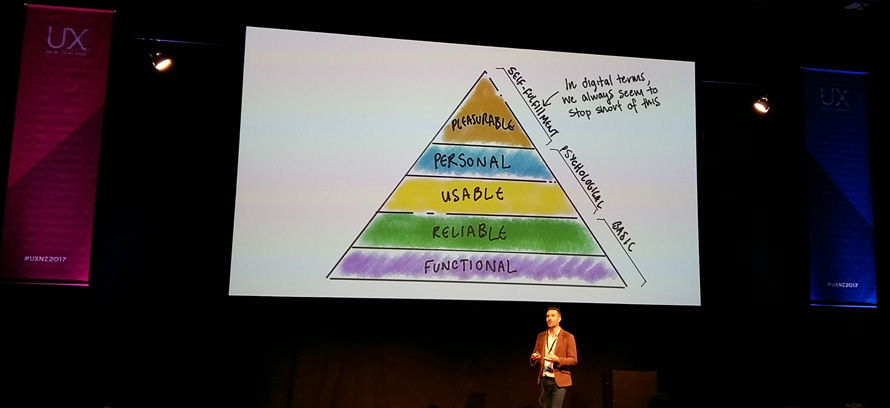
Ian Howard
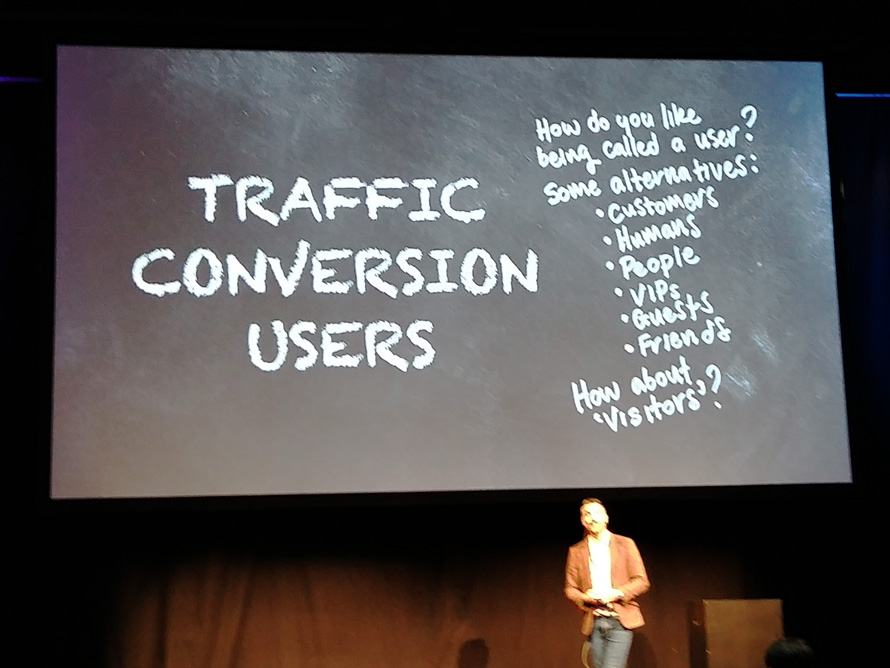
Ian Howard
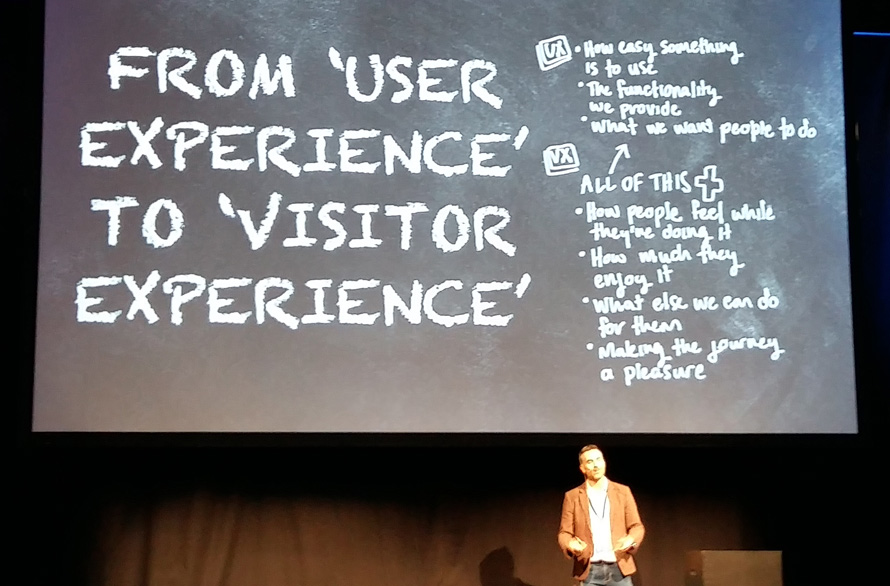
Ian Howard
Jon Bell – Twitter, Designing with Abuse in Mind
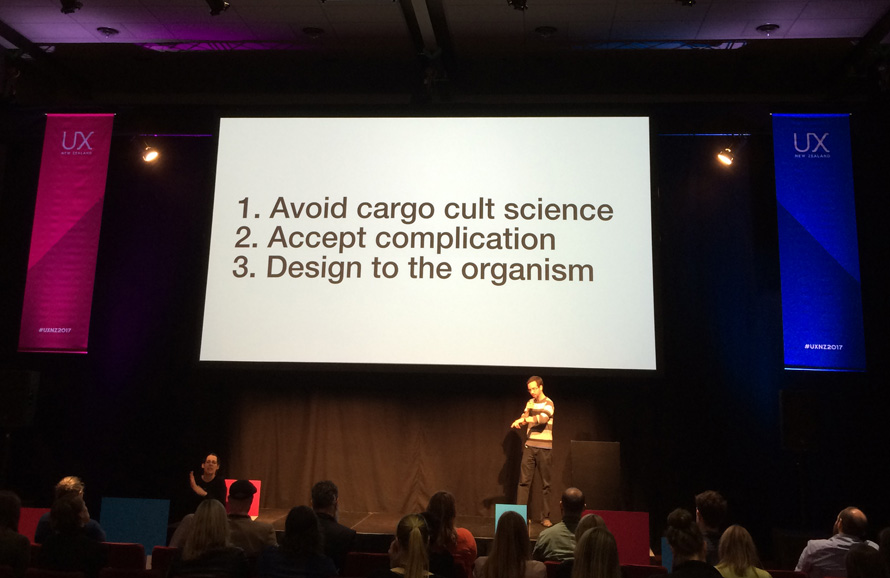
Jon Bell
Jon’s talk was a really interesting angle to UX design and it’s definitely one I’ll try to re-watch when it comes out on video. Jon worked with the Abuse team at Twitter, so you can imagine how difficult some of his work must have been.
He explained that sometimes our work needs to be long-term and there may not be any quick fixes. Sometimes we need to accept complication. We can create responsible social design.
One of his ending slides was possibly the most powerful ones of the conference. I’ll leave anyone who is interested to research the visual themselves for more information.
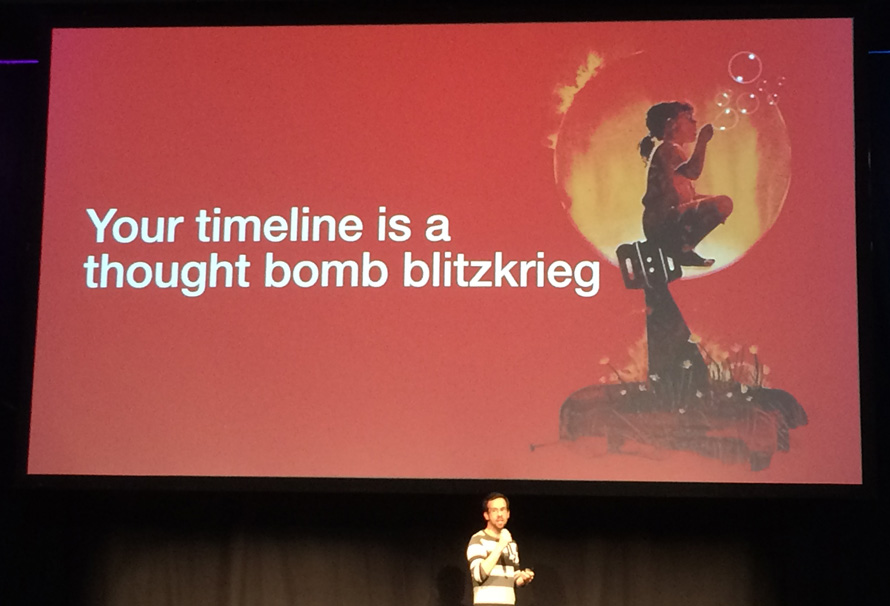
Jon Bell
Ruth Keiry – A Collaborators Guide to the Galaxy
Ruth’s presentation was one with a bit of difference. It was all about collaboration and as she presented she had her colleague – Aaron Baxendine, creating a visual map of her talk in the background.
Purpose, Power, People and Process are all needed to successful collaboration. Having shared ownership and involvement in a project allows people to work together for a common goal.
I’ve found that sometimes working directly with clients and with content creators can produce much more successful results rather than working away on a project and then presenting something that is not what the people involved want or need. Where possible and when conditions are right, collaboration can be a very powerful aspect to the success of a project.
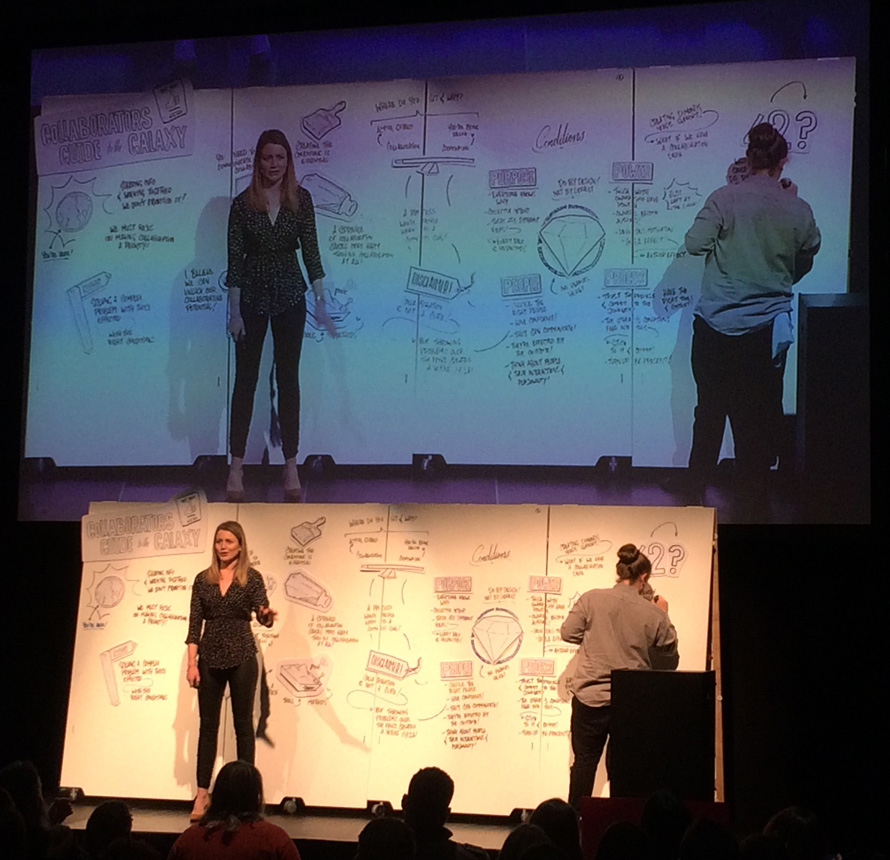
Ruth Keiry
Dave Hockly – The Fun Is Just Beginning: How to Measure and Improve Your UX Post Go-live
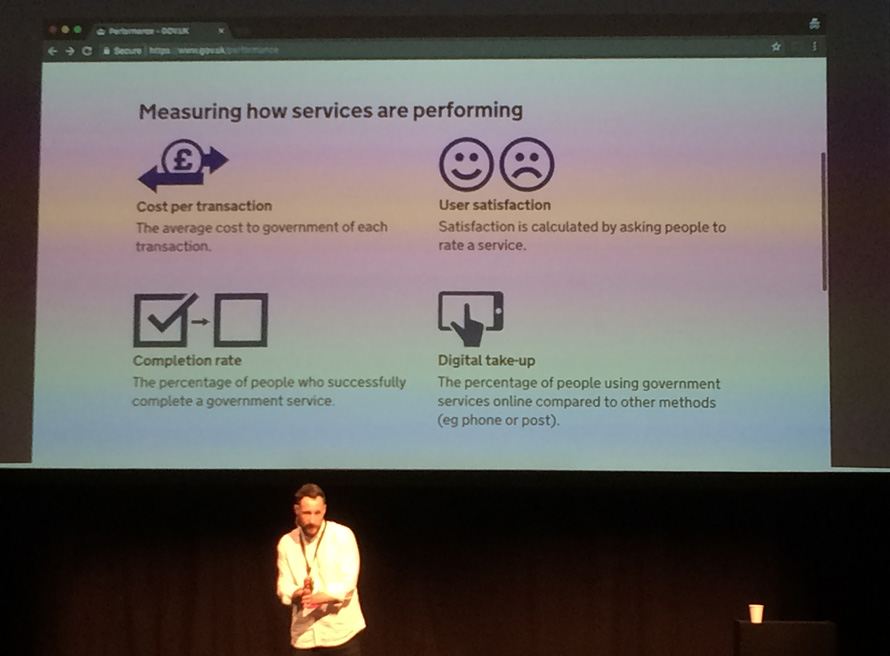
Dave Hockly
Well, Dave was one super enthusiastic speaker. You could really tell he literally LOVES his job. His talk was a great choice for a Friday afternoon when everyone could have been getting tired.
As great as it is being a designer and working on user experiences, a vital part to this is measuring the success of design and improving it where we can. To do this we need to know our organisations goals, identify the UX factors the drive those goals and design research to benchmark our UX.
We can only guess/know so much about our users before a project goes live. It’s then that we can really see how people are using our products and improve them. We can do live testing, but it needs to be smart. With split tests (A/B testing) we need to be specific about what we are testing, we need to have good questions and be able to find out answers to those questions through the analytics.
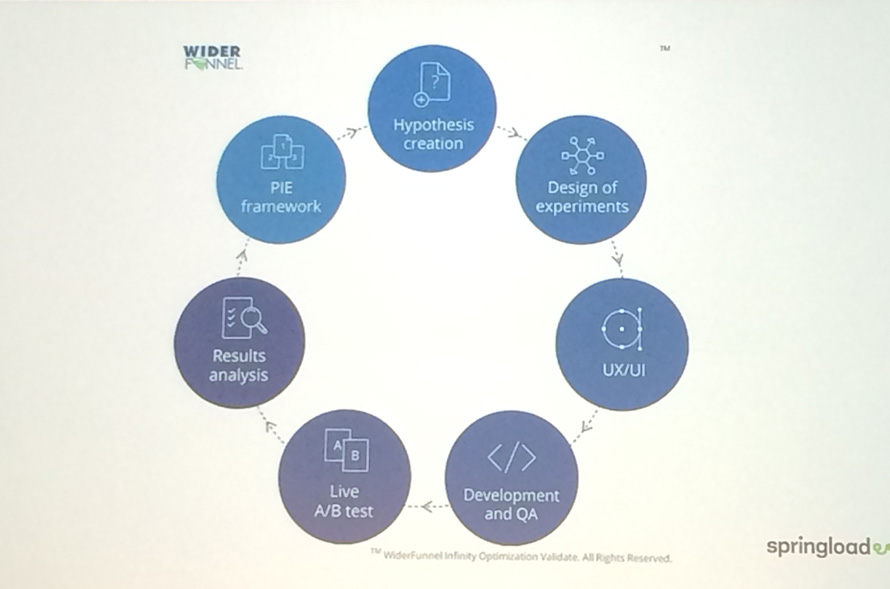
Dave Hockly – Springload
Mental Health and Design Ethics
There we a few talks about mental health and design ethics. These are quite hefty talks to discuss in this post, but what I feel it boils down to is being inclusive and really understanding our audiences. I don’t think we can just presume we know enough about our users today, we need to get out there and talk to them directly.
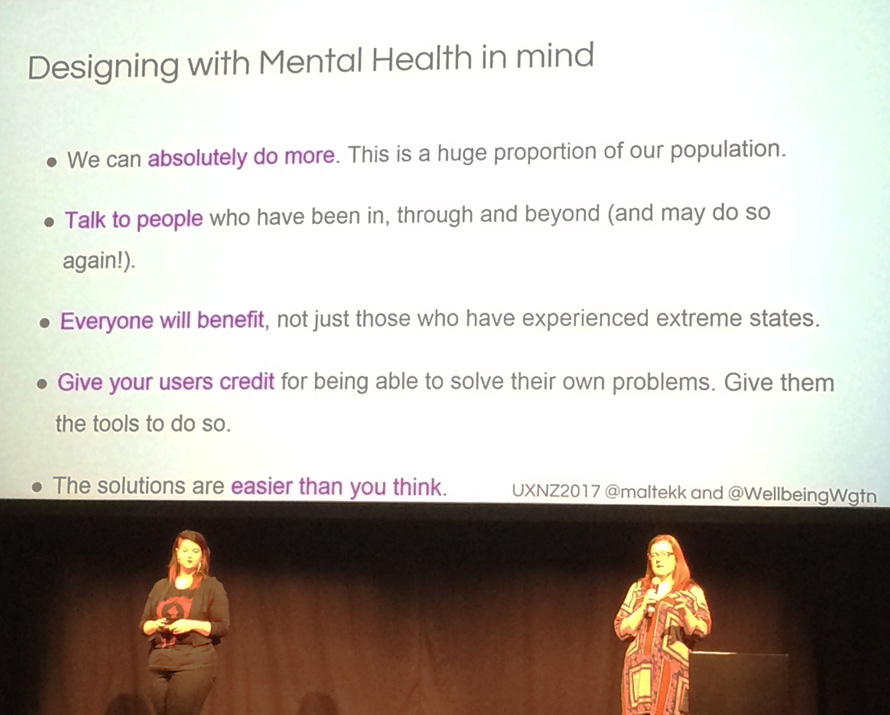
Helena Beckert and Andrea Bates
When it comes to ethics, it’s very important and something we all need to consider where we can. We all have to put food on the table and don’t all have the luxury to do pro-bono work all the time, but we can consider our beliefs and ethics when it comes to what work we say no to. We can consider how we can shape the projects we work on to make them less harmful and more socially responsible.
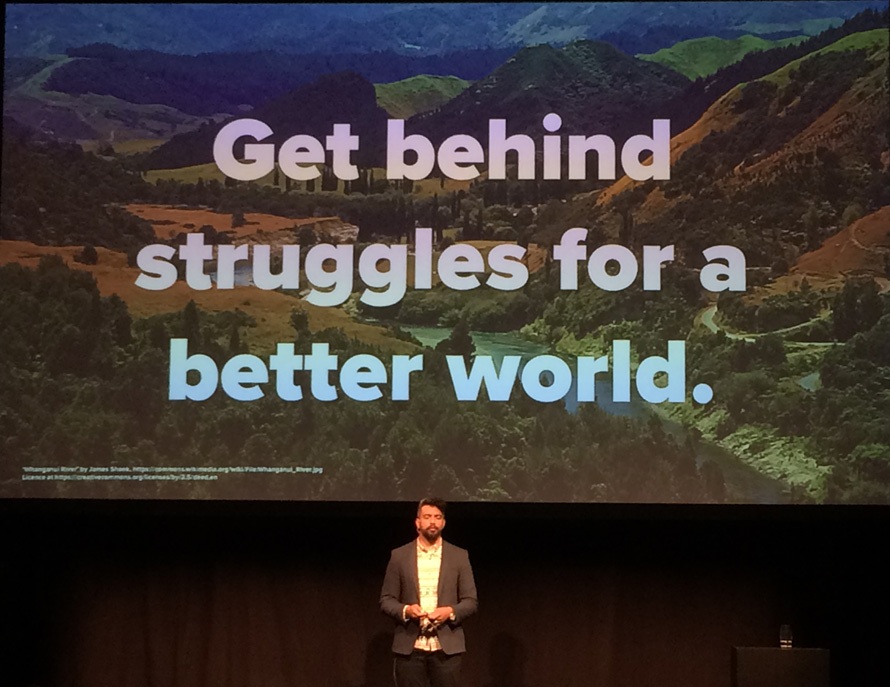
Michael Palmyre
All in all, UX New Zealand was a very thought provoking conference and quite different to other ones I’ve been to. It was nice to be involved in a community filled with so many people wanting to really do good for others in their design work. Big thanks to the presenters, volunteers and organisers — you did yourselves proud!
Note: All photos were taken on a (not so great) smartphone, hence poor quality. All slides in the photos are copyright of the presenters. For more information about UX New Zealand check out http://www.uxnewzealand.com/.
« Back to Blog

